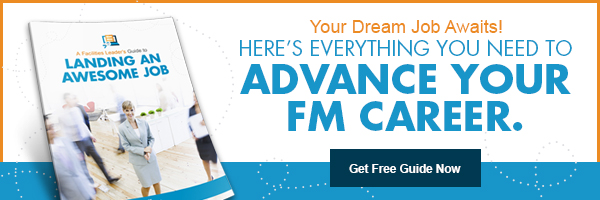4 Workplace Mistakes That Turn Off Top Candidates


Today’s job seekers have a wealth of information at their disposal. Social media, professional networking services and company review sites have led to an unprecedented level of visibility into an organization’s recruitment strategies—from the application to the offer.
Now, instead of the onus being on the candidate to demonstrate his or her value to the company, the organization must prove its worth to the applicant at every step of the hiring process.
Since candidates can be especially selective about choosing their next role, it’s crucial for employers to ensure the workplace properly (and positively) represents the company. To attract quality talent, businesses must avoid the following four workplace mistakes.
1. An Office of Robots
Candidates are drawn to companies that share their same values and goals. And a business that hires like-minded individuals likely won’t find themselves struggling to unite the team in pursuit of a common objective.
However, there is a big difference between a workforce who believes in the same principles and an office full of carbon copies. Today’s job seekers want a role that not only allows them to grow professionally but also helps them make an impact on the world. And a workplace where every team member has the exact same opinion and outlook will not satisfy these needs.
Since groupthink is the enemy of innovation, employers must build a workforce of individuals who are interested in reaching the same destination but who can also offer several different ways of getting there.
2. Too Few Quiet (or Collaborative) Spaces
Open floor plans have been unseating cubicles as the go-to office design for the past decade. And while workspaces without walls are great for fostering a collaborative environment, even the most extroverted team members need access to at least one area where they can be alone and escape the office commotion.
Similarly, if a business has decided that an open floor plan isn’t ideal and has opted for cubicles instead, then the office must have designated spaces for cooperative work—and not just conference rooms. Space may be limited, but there is likely a corner that can easily be transformed into an impromptu meeting area simply by adding some comfortable seating.
Job candidates want to be part of an organization that is adaptive to the workstyles of its employees and doesn’t force its team members into one mold.
3. Disruptive Environment
Disorganization is a big red flag for job candidates, and there are opportunities for a company to appear jumbled at multiple stages of the hiring process.
For example, if the office is in disarray with non-functioning equipment in the corners and empty cubicles being used as ad hoc storage areas, the applicant may worry he or she will be sharing space with a broken printer for months at a time. Or perhaps routine HVAC maintenance was mistakenly scheduled during work hours and now the candidate must try to yell his or her responses over the noise.
 Candidates will understand there are always factors outside of an organization’s control, but they also expect businesses to prepare for potential issues.
Candidates will understand there are always factors outside of an organization’s control, but they also expect businesses to prepare for potential issues.
4. Lackluster Atmosphere
There’s a reason “organization” and “organism” share the same Latin root—a business is a living entity, and if it appears sluggish or lethargic, candidates won’t be excited about the idea of working there.
When a candidate gets a peek at the company culture—via the website, social media or witnessing firsthand when he or she comes in for an interview—that candidate should feel a little envious. The workspace and workforce should exude a level of energy that the candidate wants to be a part of. This isn’t to say the office should be a 24/7 carnival, but it shouldn’t be a graveyard, either.
A workplace should reflect the business and its workforce and should allow candidates to confidently decide whether it’s a place they belong.
In a perfect world, organizations would have unlimited time to fill a vacant position and unlimited numbers of ideal candidates to consider for each job opening. But since this isn’t the case, employers can’t afford to let top candidates slip through their fingers due to avoidable workplace mistakes. As a company designs its workplace, it should do so with two goals in mind: attract the top talent the business wants and retain the top talent the business has.
Interested in learning more things organizations can do to build a strong workforce? Download the free SlideShare, 8 Items to Help Attract and Retain Talented Employees.
